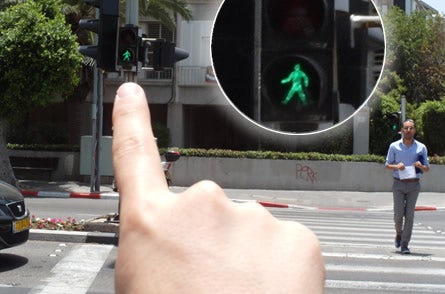Teleportation. A subject if discussed 20 years ago people would say you were mad if you believed in it. Now, in 2017, its a broadly discussed subject by many scientists, of which the possibilities are becoming endless. Sure, it may not be the instantaneous Stargate style teleportation device that you had in mind, but it’s incredibly powerful in its own right. Personally, I think we’ve barely begun to understand the full extent of its ramifications.
Quantum Teleportation is just a recent idea on the timescale of breakthroughs in physics. The idea was first discovered in 1993 by a team from IBM and then experimentally verified in 1997 (quantumfrontiers, 2012). Still, on this day, many people do not believe in the possibilities quantum teleportation has to offer. Imagine being told about the internet in 1948 and trying to understand how useful it can be. In my opinion, it’s kind of the same. Any semblance of a quantum internet will intimately rely upon the same teleportation.
Two experiments have been conducted and performed with very positive results regarding quantum teleportation. The first was performed in Qinghai Lake in Western China which resulted in performing an actual teleportation of an entangled photon pair. An entangles photon pair is best described as particles (which float in the air) who are entangled with each other but are separated by great distances. the phenomenon so riled Albert Einstein he called it “spooky action at a distance.” Entanglement occurs when a pair of particles, such as photons, interact physically (Lifescience, 2013).
The second achievement is of the same nature of the one above, but than rather mind-blowing. In the Canary Islands they managed to teleport qubits (a unit of quantum information, like a computer-bit) with a distance of 143 km, between the islands of La Palma and Tenerife (quantumfrontiers, 2012).
Now let’s see what Quantum Teleportation (QT) has achieved (so far) and also, let’s clear out what it can not do.
The three most important achievements of QT are:
- QT enables to move unknown quantum states throughout the universe;
- QT can provide uninterrupted internet, by making ‘reservoirs’ of internet (always being able to be online);
- QT enables to send quantum states to unknown locations. The unknown location however can relocate the place on which the ‘message’ was sent.
However, there are some things that QT does not allow (yet):
- QT does not enable faster than light communication;
- QT can not clone quantum states. Too bad boys, no cloning pickachu’s (just yet).
In the article ”How has Electronic markets …. newly vulnerable markets” by Granados et al, it is discussed how the internet and its new digital intermediaries threaten the viability of the existing global distribution systems (GDSs). They examine the transformation of e-travel distribution to test how the travel markets become vulnerable to fundamental changes triggered by IT. Well, I think its fair to say that the findings of quantum teleportation definitely disrupts the old and current (e-)travel markets and will disrupt more than just the travel industry.
After having seen all the possibilities that lay with Quantum Teleportation, I am very curious to see what your opinion is regarding the subject. We are now still at a phase on which the only thing that can be teleported are just some quantum statuses (some particals) but lets be honest: in, say, 50 years.. Don’t you think we will be able to teleport real life items? Or maybe even humans?
By Pieter Spigt
References:
How to build a teleportation machine: Teleportation protocol
https://www.livescience.com/28550-how-quantum-entanglement-works-infographic.html
http://www.tandfonline.com/doi/abs/10.2753/MIS0742-1222250204


